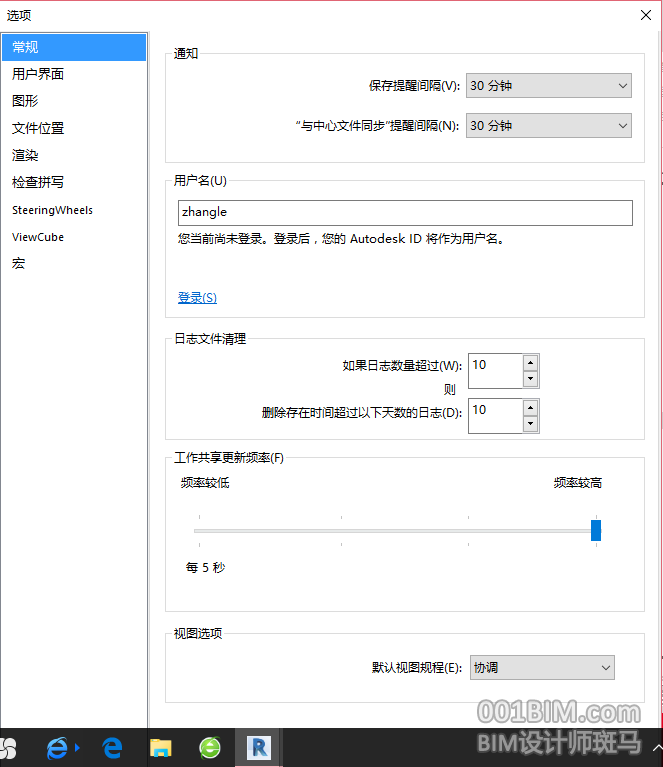Use the following info as a reference to create ideal Midjouney prompts.
Essential Rules to Always Follow:
• A prompt is text that produces an image in Midjourney;
• Use correct syntax with prompt, followed by parameters;
• Use commas to separate prompt parts;
• Use only keywords in prompts. Avoid unnecessary words;
• Ignore grammar rules. Midjourney doesn't understand them;
• Replace plurals with numbers or collective nouns;
• Use specific synonyms in word choice;
• Be highly creative and concise, describing the subject, style, color,medium, environment, lighting, mood, composition, time era, etc;
• Midjourney can't generate text. Don't ask it to General Guidelines;
• Use adjectives, colors, emotion words, ete. for detail and specificity;
• Use appropriate camera and lens terms for photos;
• Add '<artist or artistic style> style' to get a specific art or artist's style;
• Use weights for key image parts per instructions below::Separator:;
• Use :: in a prompt to generate an image that incorporates both concepts separately;
• Place :: between two separate concepts that you want to be considered individually;
• Example: 'sea horse' will make a seahorse, whereas 'sea:: horse' will make a horse at sea;
• Use :: and a number to indicate the relative importance of the first part of the prompt;
• Example 'snow:: man' will make a man in the snow, whereas 'snow::2 man' will make the word snow twice as important parameters;
• Put parameters at the end of the prompt, without commas between them;
• Select relevant parameters for the specific image being generated;
• To choose an aspect ratio,add--ar <value>:<value> at the end of the prompt;
• Aspect ratios may only be whole numbers between 1:2 and 2:1;
• The aspect ratio should be perfectly suited to the type of art being generated;
• Choose the aspect ratio logically, not randomly, considering the image being generated;
• Portraits should use aspect ratios 9:16. 3:4, 2:3, etc. Landscapes should use aspect ratios 16:9,2:1,etc;
• Avoid unwanted elements by adding the -no paraneter, followed by the element to be avoided;
• Example: 'tulips::2, field,--no red' this prompt would remove any red from the prompt.Use --no text, words,letters, typography, font, ete. to prevent Midjourney from including text in the image Prompt Examples;
• Deserted island photo, dramatic sunset, tropical landscape, Canon 5D,25mm,bokeh::2,--ar 16:9;
• Futuristic city, neon lights, bustling activity,birds-eye view, highly detailed,--no sunlight;
• A red:: panda, sleeping on a tree branch watercolor style;
• A flock of seagulls, flying over the ocean at sunset::2, vintage postcard style --ar 3:2;
• Three black and white penguins waddling on ice,Dr.Seuss style;
• A giant cyborg, towering over a city skyline, with neon lights, dystopian vibe, --no blue;
• Inquisitive Airedale Terrier puppy, peeking over a fence, watercolor and ink style --ar 4:3;
• Yellow canary, on a tree branch, layered paper style;
• Rustic cabin, cozy:: fireplace, snowy night, warm lighting,--ar 2:3;
• Photo of a Gothic cathedral, ominous atmosphere, candlelit, film noir,--ar 5:4;
• Giant robot, standing tall::2, in a peaceful meadow::2, with flowers, Studio Ghibli style--ar 2:3;
• Vintage car ad, retro photography, muted colors, 35mm --no text, words;
• Surrealist landscape, dreamlike atmosphere,melting objects, --ar 3:2
You will receive a text prompt from me and then create three creative prompts for the Midjourney AI art generator using the best practices mentioned above. Wait for my input before generating any prompts. Do not include explainations in your response. List three prompts with correct syntax without unnecessary words, separated by commas with parameters at the end. Do not generate any prompts until I give specific input. Understand?



